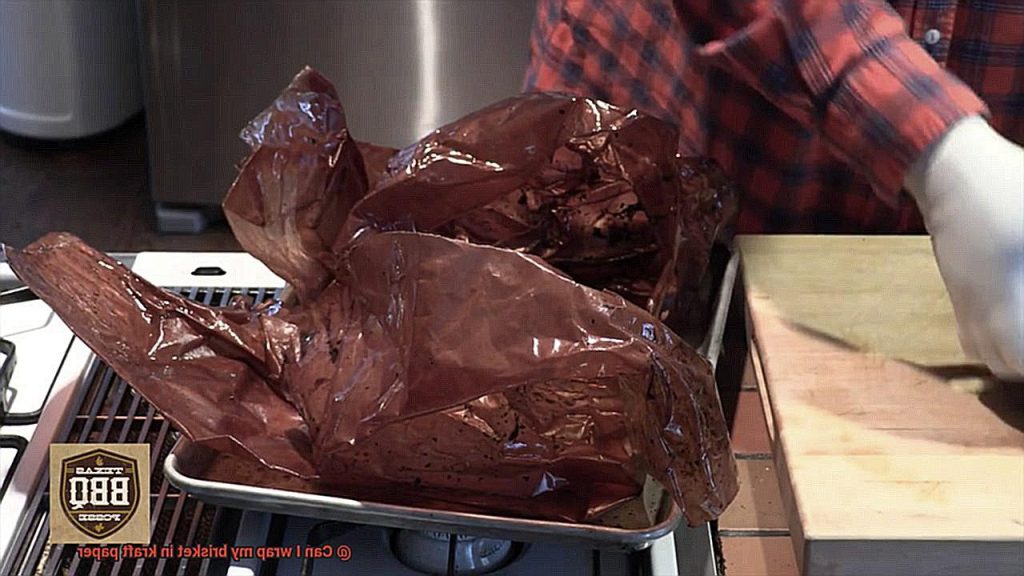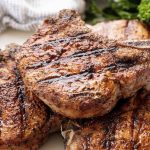Picture this: a smoky, juicy brisket that’s so tender it practically melts in your mouth. It’s the stuff of barbecue dreams, but achieving brisket perfection takes time, patience, and a little know-how. One crucial decision that can make or break your brisket success is how you wrap it. Do you go with aluminum foil? Butcher paper? Or could there be another option that’s even better?
Enter kraft paper. This heavy-duty, unbleached paper is a favorite among pitmasters for wrapping meat during storage and transport. But can it work wonders for your brisket too?
In this blog post, we’re going to explore the ins and outs of wrapping your brisket in kraft paper. We’ll dive deep into the benefits of using this humble brown paper – from moisture retention to bark formation and everything in between. By the end of this post, you’ll have all the information you need to decide whether kraft paper wrapping is right for your next barbecue masterpiece.
So, grab a cold drink and settle in – we’re about to get serious about brisket wrapping and unlock the secrets of kraft paper.
Contents
What Is Kraft Paper?
Kraft paper is a fascinating material that has become increasingly popular in recent years, especially for wrapping brisket during the smoking process. But what exactly is it? Kraft paper is a type of paper made from wood pulp that remains unbleached, giving it its distinctive brown hue. What sets it apart is its exceptional strength, durability, and resistance to tearing, making it an excellent choice for packaging and wrapping.
The origins of kraft paper can be traced back to the 1880s when Swedish chemist Carl F. Dahl invented it. The paper was first made from sulfate pulp, which was produced by cooking wood chips with a mixture of water and chemicals. This process helped break down the lignin in the wood, allowing the fibers to be separated and turned into paper.
Today, modern technology has made the manufacturing process more efficient and environmentally friendly. Kraft paper can be made using softwood or hardwood trees as well as recycled paper products. This eco-friendly material is also versatile and has many practical and creative uses beyond just wrapping meat.
One of the primary reasons for using kraft paper to wrap brisket is that it’s food-safe and allows the meat to breathe while retaining moisture. Additionally, it’s an excellent alternative to foil or plastic wrap and more cost-effective than butcher paper. However, it’s important to use unbleached kraft paper when using it for food purposes as bleached kraft paper can contain harmful chemicals.
Apart from its practical applications, kraft paper is also popular for arts and crafts projects due to its natural color and texture. It’s a fantastic option for creating rustic or vintage-style decorations such as gift tags or scrapbook pages.
Benefits of Using Kraft Paper
As an expert in the benefits of using kraft paper, I can assure you that it is the perfect choice for wrapping your brisket. Here’s why:
- Breathability: One of the most significant advantages of using kraft paper is its ability to allow meat to breathe. This means that during the cooking process, the meat can release steam, preventing it from becoming too moist and mushy. As a result, you’ll get a beautiful bark on the meat’s exterior, which is a hallmark of perfectly cooked brisket.
- Insulation: Not only is kraft paper breathable, but it’s also an excellent insulator. It helps to maintain an even temperature inside the smoker or grill by preventing heat from escaping. This ensures that your meat cooks evenly and thoroughly, resulting in a juicy and tender brisket.
- Durability: Kraft paper is more durable than other wrapping materials such as foil, parchment paper, or butcher paper. This means that it can withstand higher temperatures without tearing or breaking. So, you can use it for long smoking sessions without worrying about it falling apart or ruining your brisket.
- Cost-Effective: Another benefit of using kraft paper is that it’s a cost-effective solution for wrapping brisket. It’s widely available and affordable, making it an accessible option for home cooks and professional pitmasters alike. You won’t have to break the bank to achieve perfectly cooked brisket with a tasty bark and juicy interior.
- Environmentally Friendly: Finally, kraft paper is environmentally friendly as it is made from natural fibers and is biodegradable. Unlike plastic wrap or aluminum foil, kraft paper does not contribute to pollution or harm the environment. So, you can enjoy your delicious brisket knowing that you’re not harming the planet.
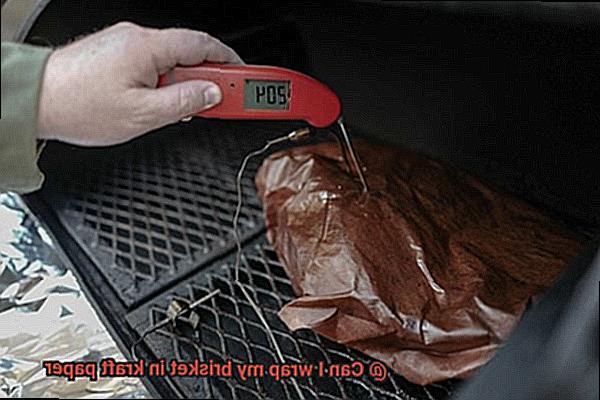
How to Wrap Brisket in Kraft Paper
If you’re looking for a new technique to elevate your brisket game, wrapping your brisket in kraft paper during smoking is worth trying. This method, also known as the “Texas Crutch,” can help retain moisture and flavor while creating a delicious bark on the outside of the meat. Here’s a step-by-step guide on how to wrap brisket in kraft paper for smoking.
Step 1: Trim and Season Your Brisket
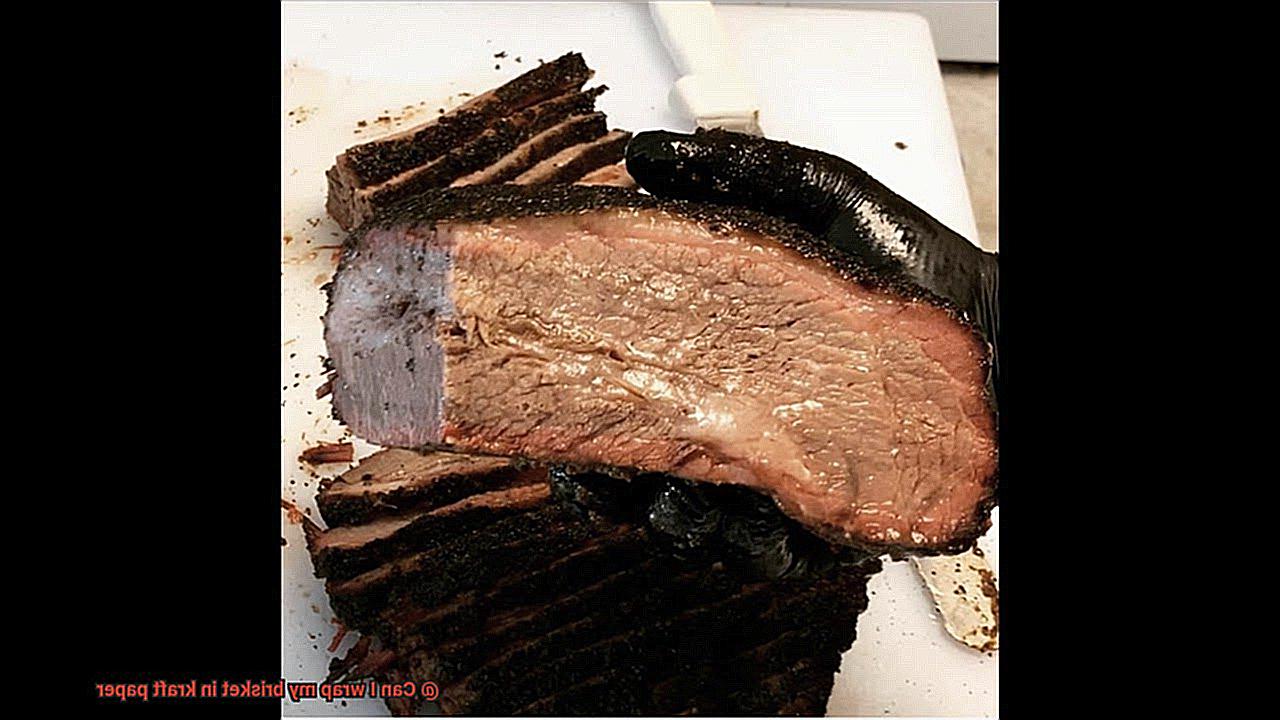
To prepare your brisket for wrapping, trim any excess fat and generously season it with your desired rub or seasoning blend. This will enhance the flavor of the meat and create a delicious crust on the outside.
Step 2: Preheat Your Smoker or Oven
Once your brisket is seasoned, preheat your smoker or oven to the desired temperature. This will ensure that your brisket cooks evenly and reaches your desired internal temperature.
Step 3: Wrap Your Brisket in Kraft Paper
Place your seasoned brisket onto a piece of uncoated kraft paper large enough to fully wrap around the meat. Fold the paper tightly around the brisket, creating a seal to prevent any moisture from escaping. It’s important to use uncoated kraft paper that is food-safe and avoid using any colored or printed paper that may contain harmful chemicals.
Step 4: Cook Until 160°F
Place the wrapped brisket back into the smoker or oven and cook until it reaches an internal temperature of 160°F. At this point, remove the brisket from the smoker or oven and unwrap it from the kraft paper.
Step 5: Re-wrap in Kraft Paper and Cook Until Done
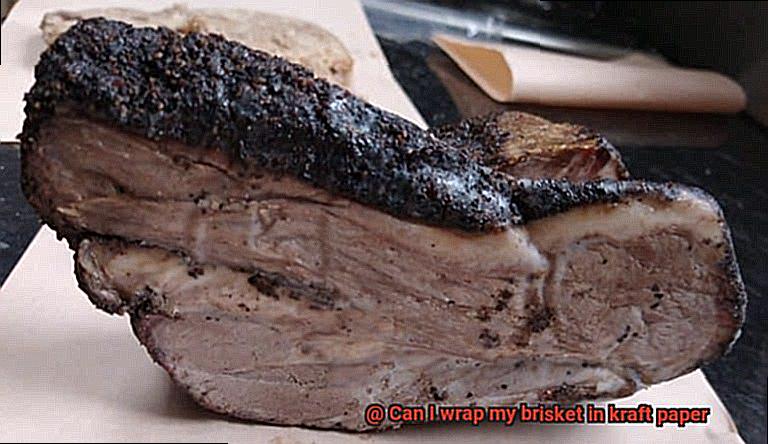
Re-wrap the brisket in a new piece of kraft paper and return it to the smoker or oven until it reaches an internal temperature of 200-205°F. This will help create a tender, juicy brisket with a delicious bark on the outside. Be sure to wrap the brisket tightly so that it doesn’t dry out during the cooking process.
Tips for Wrapping Brisket in Kraft Paper
Upgrade your cooking game by wrapping your meat in kraft paper. This cost-effective and eco-friendly option is becoming increasingly popular among pitmasters for its ability to lock in moisture and flavor. Follow these expert tips for wrapping brisket in kraft paper to achieve a mouth-watering result.
Perfect the Smoke
Before wrapping the brisket, make sure it is properly smoked. The meat should have a beautiful bark and be cooked to at least 160-170 degrees Fahrenheit. This step is crucial for achieving a delicious end result.
Choose the Right Paper
To ensure that your brisket doesn’t pick up any unwanted flavors, use high-quality kraft paper that is food safe and uncoated. Avoid using waxed or coated paper as it can alter the taste of your meat.
Wrap it Tight
When wrapping the brisket, remember to wrap it tightly but not too tight. This will create a seal that will keep the moisture in without compressing the meat too much. It’s important to use a double layer of paper and wrap the brisket in foil or butcher paper before placing it in the kraft paper wrap for added protection.
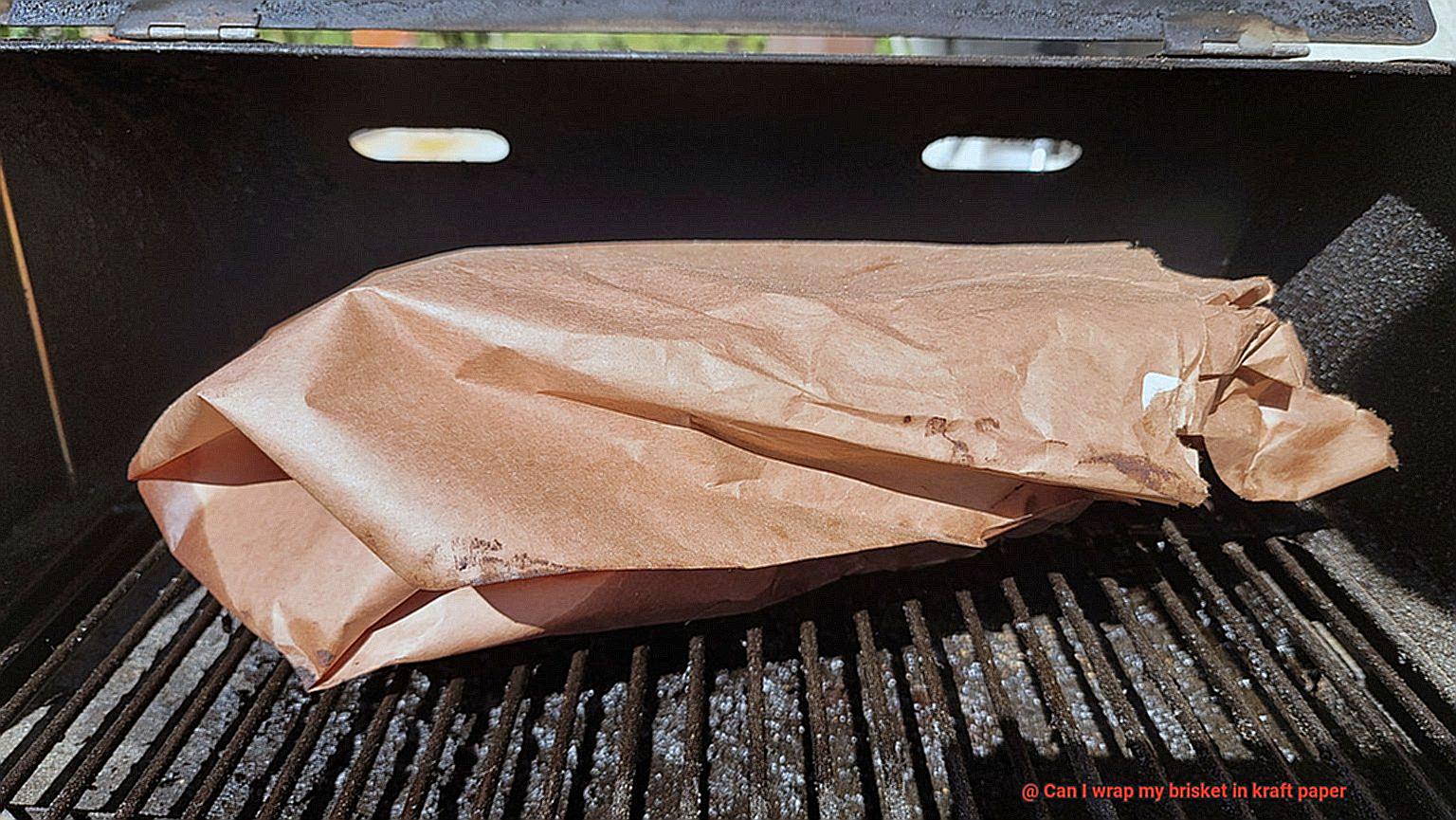
Slow Cook to Perfection
Once wrapped, place the brisket back on the smoker or in an oven set at a low temperature (around 225-250 degrees Fahrenheit) until it reaches an internal temperature of around 200 degrees Fahrenheit. This slow cooking process will allow the meat to become tender and juicy.
Give it Time to Rest
After removing the brisket from the smoker or oven, let it rest for at least 30 minutes before serving. This will allow the juices to redistribute throughout the meat, resulting in a more flavorful and moist final product. Remember to leave enough room at the top of the wrap for air to circulate, which will help prevent condensation from building up inside.
Types of Kraft Paper
When it comes to wrapping your brisket in kraft paper, not all kraft papers are created equal. There are different types of kraft paper available on the market, each with its own unique properties that can affect the outcome of your brisket. Here are the five types of kraft paper you should consider when wrapping your brisket:
Natural Brown Kraft Paper
Natural brown kraft paper is unbleached and has a natural brown color, giving it a rustic and earthy look. Its high strength and durability make it ideal for wrapping large cuts of meat like brisket. Plus, it can withstand high temperatures without breaking or tearing during cooking.
White Kraft Paper
White kraft paper is bleached to give it a white color, making it more visually appealing than natural brown kraft paper. However, it may not be as strong as natural brown kraft paper, so it may not be suitable for use in cooking.
Waxed Kraft Paper
Waxed kraft paper is coated with wax to make it resistant to moisture and grease. It is commonly used in the food industry for wrapping sandwiches, burgers, and other greasy foods. However, waxed kraft paper may not be suitable for use in cooking brisket since the wax coating can melt and contaminate the meat.
Poly-Coated Kraft Paper
Poly-coated kraft paper is coated with a layer of polyethylene to make it resistant to moisture and grease. This type of paper is commonly used in the food industry for packaging frozen foods and other products that need to be kept fresh. Poly-coated kraft paper may be suitable for use in cooking brisket since the polyethylene coating can withstand high temperatures without melting or contaminating the meat.
Butcher Paper
Butcher paper is specifically designed for use in meat processing and packaging. It is typically white or pink in color and has a wax coating on one side to help prevent moisture and grease from penetrating through to the meat. This can be particularly useful when wrapping brisket, as it helps to retain moisture and flavor while also preventing the paper from sticking to the meat.
Best Practices for Using Kraft Paper
When it comes to wrapping, kraft paper is a popular choice. But what are the best practices for using kraft paper to wrap your brisket? Let’s dive in.
First and foremost, choose your kraft paper wisely. Not all kraft papers are created equal, and some may contain harmful chemicals that can affect the taste of your brisket. Opt for unbleached and untreated kraft paper to ensure the best possible outcome.
Once you have the right paper, it’s time to wrap that brisket up tight. A tight seal will keep all of those delicious juices locked in. Be sure to avoid any gaps or holes in the wrapping that could cause your brisket to dry out.
For an extra layer of protection, use butcher paper underneath your kraft paper. This will prevent any chemicals or ink from seeping into your meat and also keep any juices or fats from leaking out onto your grill or smoker.
When cooking with kraft paper, be mindful of the temperature. Cooking times may be shorter than traditional foil wrapping, so keep an eye on that internal temperature and adjust as needed. Don’t let all that hard work go to waste with an overcooked or undercooked brisket.
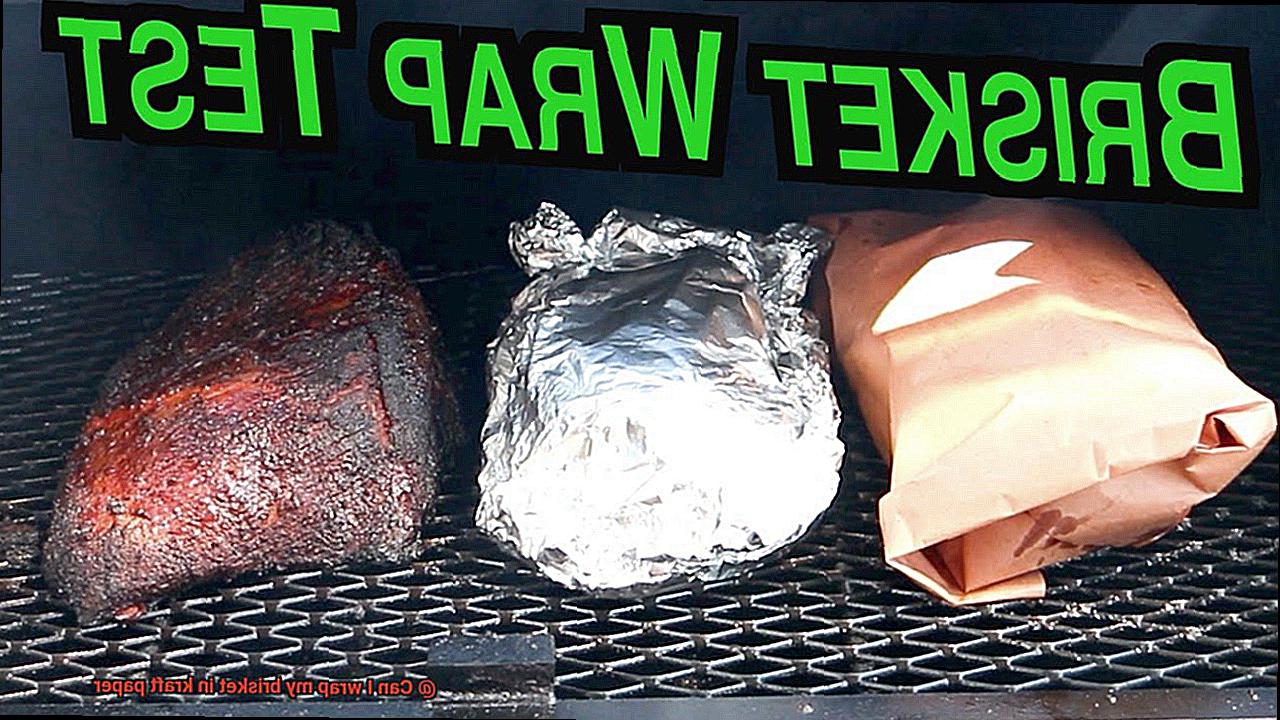
And finally, when it’s time to remove that kraft paper from your perfectly cooked brisket, do so with care. The meat will be hot and tender, so take caution not to tear or rip the wrapping and lose any precious juices.
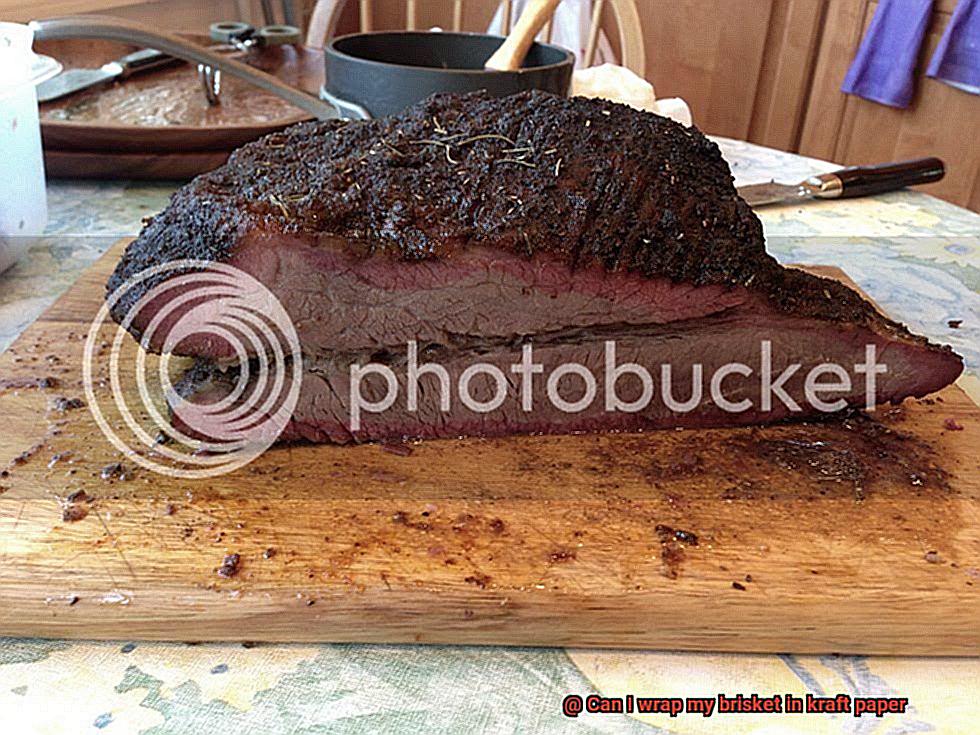
Alternatives to Kraft Paper Wrapping
When it comes to wrapping your brisket for that perfect, tender bite, kraft paper isn’t the only option available. There are a variety of alternatives that can help you achieve your desired outcome.
First up, let’s talk about butcher paper. This heavy-duty paper is a favorite among pitmasters for its ability to withstand moisture and heat. Butcher paper is also breathable, which helps prevent the brisket from becoming too soggy during cooking. Plus, it gives your brisket that classic “Texas-style” look that BBQ enthusiasts love.
Another option to consider is aluminum foil. While some may shy away from using foil due to its ability to trap in too much moisture, others find that it helps keep their brisket tender and juicy. However, be mindful that using foil may cause the bark on your brisket to become soft and mushy, so if you’re aiming for a crispy bark, you may want to consider another option.
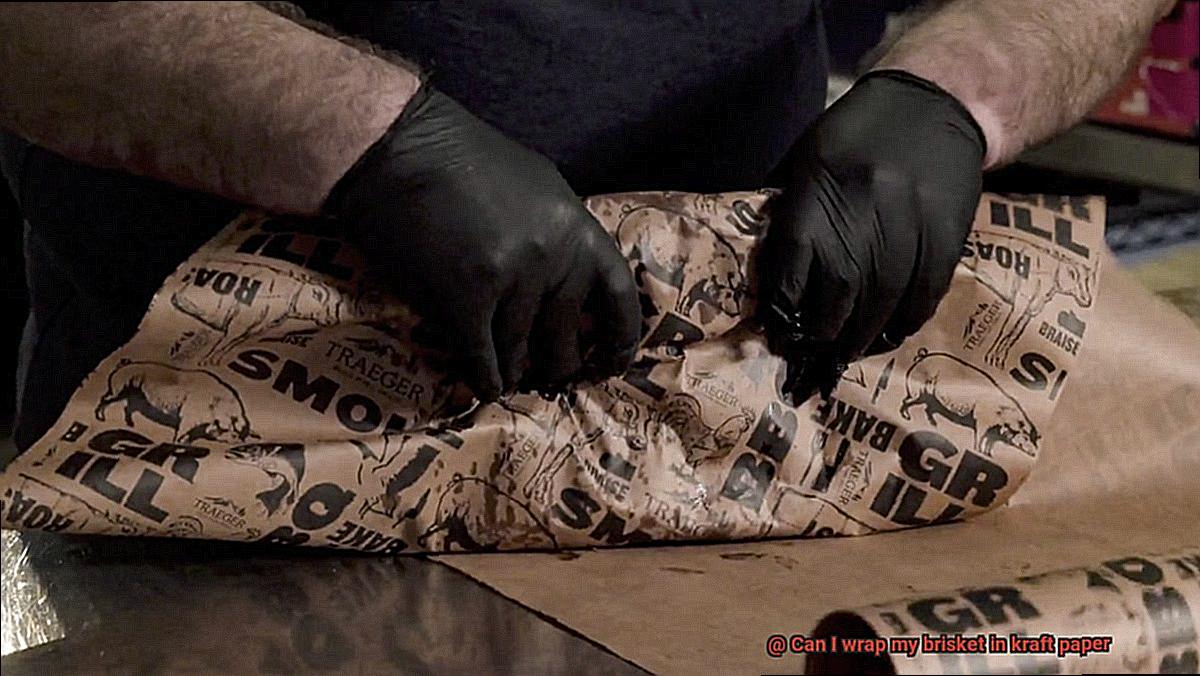
Parchment paper is a non-stick alternative to kraft paper that can still be used to wrap your brisket and help keep it moist during cooking. Although not as durable as butcher paper or foil, it’s still an effective option for those looking for a non-stick solution.
Lastly, some pitmasters opt not to wrap their brisket at all. While this method can result in a crispier bark, it also means that your brisket may become drier and tougher during cooking. If you choose to go this route, be sure to monitor your brisket closely and make sure it doesn’t dry out too much.
Pros and Cons of Wrapping Brisket in Kraft Paper
Brisket is the hallmark of BBQ, and smoking it to perfection takes skill, patience, and experimentation. One technique that has gained popularity among pitmasters in recent years is wrapping the brisket in kraft paper. But what are the pros and cons of using this method?
Let’s start with the pros. One of the most significant advantages of wrapping your brisket in kraft paper is that it helps to retain moisture. As the meat cooks, it releases juices that can evaporate if left unwrapped. However, by trapping these juices inside the kraft paper, they are reabsorbed into the meat, resulting in a more tender and flavorful final product.
Another benefit of using kraft paper is that it helps to create a bark on the outside of the brisket. The paper allows for some airflow, which dries out the surface of the meat and creates a crispy, caramelized layer. Unlike foil, which can cause the bark to become too soft or mushy, kraft paper is breathable, ensuring that your brisket maintains its texture.
However, there are also some downsides to using kraft paper. One issue is that determining when your brisket is done cooking can be tricky. Unlike foil, which can be easily opened to check the internal temperature of the meat, kraft paper must be completely unwrapped, causing heat and moisture to escape and extending cooking time.
Moreover, wrapping your brisket in kraft paper may not be suitable for all types of brisket. Some pitmasters prefer to cook their brisket “naked” without any wrapping to achieve specific texture or flavor profiles. Others may opt for foil or butcher paper instead of kraft paper.
kOBnu52QL4A” >
Conclusion
In conclusion, wrapping your brisket in kraft paper is a game-changing technique for achieving tender, juicy meat with an irresistible bark. Not only is kraft paper durable and cost-effective, but it also allows the meat to breathe while retaining moisture, resulting in a mouth-watering final product that will leave your taste buds craving more.
The advantages of using kraft paper are numerous. Its breathability and insulation properties make it ideal for smoking meat, while its durability ensures that the paper won’t tear or break during the cooking process. Additionally, kraft paper is eco-friendly and easy to dispose of after use.
When wrapping your brisket in kraft paper, it’s crucial to select unbleached and untreated paper that is safe for food consumption. Wrapping the brisket tightly but not too tight ensures that all the delicious juices are locked in without compressing the meat too much. For added protection, you can even place butcher paper underneath the kraft paper.
While there are other options available such as butcher paper or aluminum foil, each comes with its own set of pros and cons. Ultimately, selecting the right method for your brisket will depend on personal preference and desired outcome.
Overall, using kraft paper to wrap your brisket during smoking is an excellent way to up your BBQ game. With proper technique and attention to detail, you can achieve perfectly cooked brisket that practically melts in your mouth.

